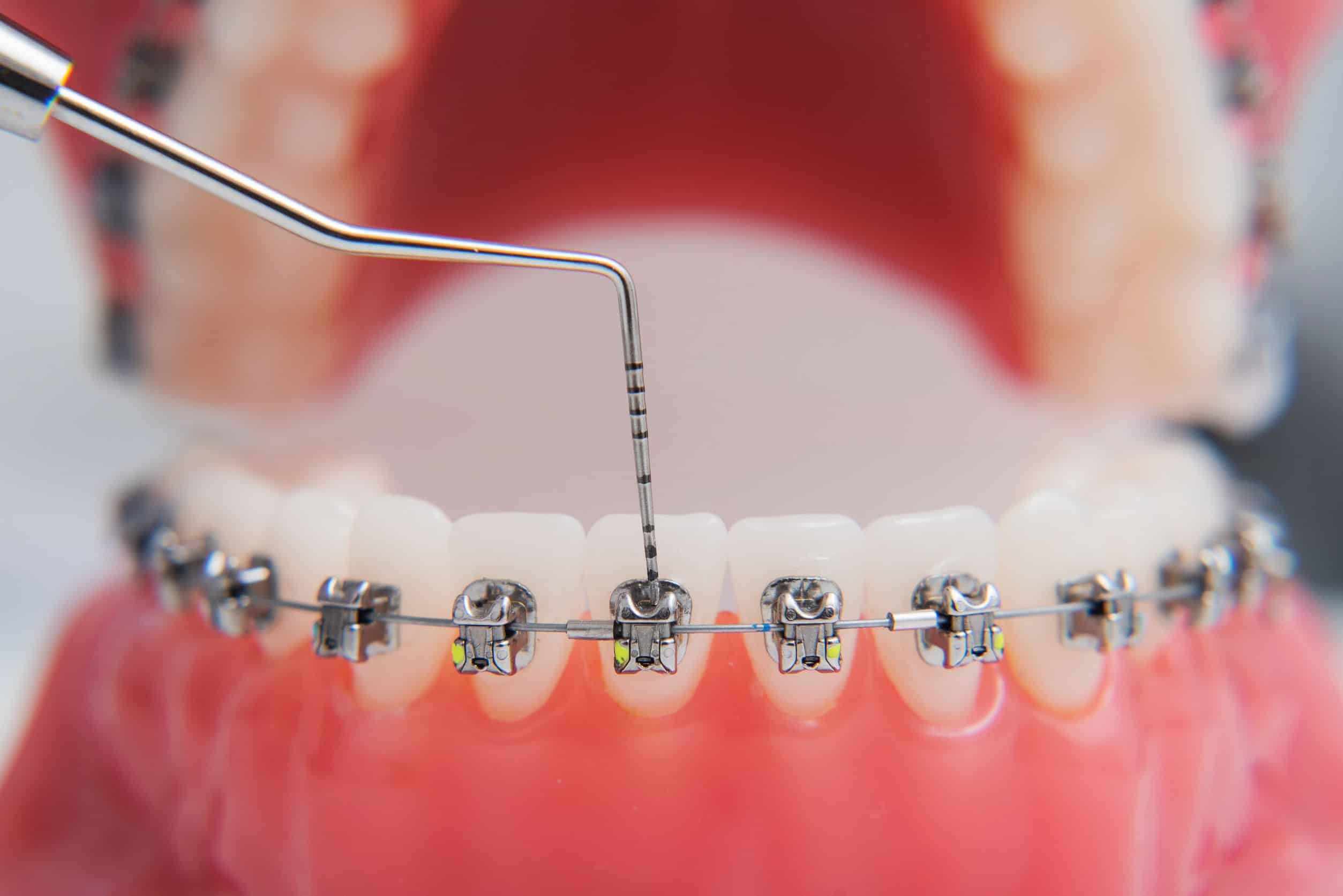Comprehensive Guide to Orthodontics Procedures for Dealing With Oral Misalignments
In the realm of orthodontics, the trip to attaining a completely lined up smile entails a myriad of treatments tailored to deal with oral misalignments. From typical dental braces to unnoticeable aligners and even surgical choices, the field of orthodontics offers a variety of remedies to resolve varying levels of dental irregularities. Recognizing the details of each procedure, including their devices, advantages, and potential drawbacks, is vital in making educated decisions about one's orthodontic treatment. As we navigate through the comprehensive overview to orthodontic procedures for fixing oral misalignments, the complex details of each technique will certainly unfold, clarifying the course toward a useful and unified oral positioning.
Orthodontic Procedures Introduction

In addition to clear aligners and traditional dental braces, orthodontists may also suggest various other treatments like headgear, palatal expanders, or retainers to deal with details placement issues (braces). These treatments are tailored to each patient's one-of-a-kind demands and may entail a mix of therapies to accomplish the preferred results. Regular changes and surveillance are essential parts of orthodontic therapy to make certain development is on track and to make any type of needed modifications along the road. By undergoing orthodontic procedures, patients can not only accomplish a straighter grin yet also enhance their overall oral wellness and function.
Typical Braces: Just How They Work
When taking into consideration orthodontic treatments for oral misalignments, conventional dental braces attract attention as a time-tested technique for dealing with teeth placing. Typical braces contain brackets, cables, and bands that work with each other to use continual stress on the teeth, progressively relocating them right into the wanted positioning. The braces are attached to the teeth utilizing an unique adhesive, and the wires are threaded through the braces. By adjusting the tension of the cables, orthodontists can regulate the direction and pressure related to each tooth, assisting them right into proper placement in time.
As stress is used to the teeth via the dental braces, the bone surrounding the teeth is reshaped to sustain the brand-new tooth placements. Individuals will need routine adjustments at the orthodontist's office to guarantee the braces continue to use the appropriate stress for effective teeth activity.
Invisible Aligners: Advantages And Disadvantages
These clear, custom-made trays are practically undetectable when used, making them an attractive alternative for individuals seeking a much more cosmetically pleasing orthodontic treatment. People can eliminate the aligners before consuming or cleaning their teeth, decreasing the threat of food getting stuck in the home appliance and streamlining the cleaning process.

Surgical Orthodontic Options
Surgical interventions in orthodontics present feasible options for addressing complex dental imbalances that might not be effectively settled through traditional orthodontic treatments. While invisible aligners and traditional dental braces can remedy several orthodontic problems, particular instances need surgical intervention to attain ideal outcomes. Surgical orthodontic alternatives are commonly recommended for extreme malocclusions, substantial jaw disparities, and instances where the underlying bone framework requires modification to accomplish appropriate placement.
One typical surgical orthodontic treatment is orthognathic surgical treatment, which entails rearranging the jaws to correct functional concerns such as trouble talking or eating. This surgical procedure is typically performed in cooperation with an orthodontist who assists straighten the teeth prior to and after the procedure. Surgical orthodontics may likewise include treatments to subject influenced teeth, remove excess periodontal cells, or improve the jawbone to produce a more unified face profile.
Prior to considering surgical orthodontic options, people go through a thorough examination to establish the requirement and potential benefits of such treatments. orthodontics. While surgery might seem difficult, it can dramatically enhance both the function and aesthetic appeals of the smile in cases where traditional orthodontic therapies fall short
Retainers and Post-Treatment Care

Failure to conform with find emergency dentist near me post-treatment care guidelines can result in regression, where the teeth slowly move back towards their initial visit homepage settings. Consistent retainer wear, great dental health, and regular dental examinations are essential for preserving the results accomplished through orthodontic surgical procedure and guaranteeing the lasting stability of the remedied oral placement.
Final Thought
To conclude, orthodontic treatments provide various options for remedying oral imbalances. Conventional dental braces utilize steel brackets and cords to move teeth right into proper alignment. Unnoticeable aligners supply an even more discreet alternative however might not appropriate for all situations. Surgical orthodontic choices are readily available for much more severe misalignments. Retainers are commonly utilized post-treatment to preserve the new positioning. Generally, orthodontic treatments can effectively enhance oral health and visual appearance.
As we browse through the comprehensive overview to orthodontic procedures for remedying dental imbalances, the detailed details of each technique will unfold, losing light on the course toward a practical and unified oral placement. - cumming braces
One of the most typical orthodontic therapies is the use of braces, which are composed of steel brackets and cords that apply gentle stress to slowly change teeth right into the desired setting.When taking into consideration orthodontic therapies for dental misalignments, standard braces stand out as a reliable technique for fixing teeth positioning. Furthermore, unnoticeable aligners might not be appropriate for complicated orthodontic issues that call for more substantial teeth activity, as they are typically advised for mild to modest instances. Retainers are personalized orthodontic devices created to hold teeth in their fixed placements after the conclusion of orthodontic therapy.